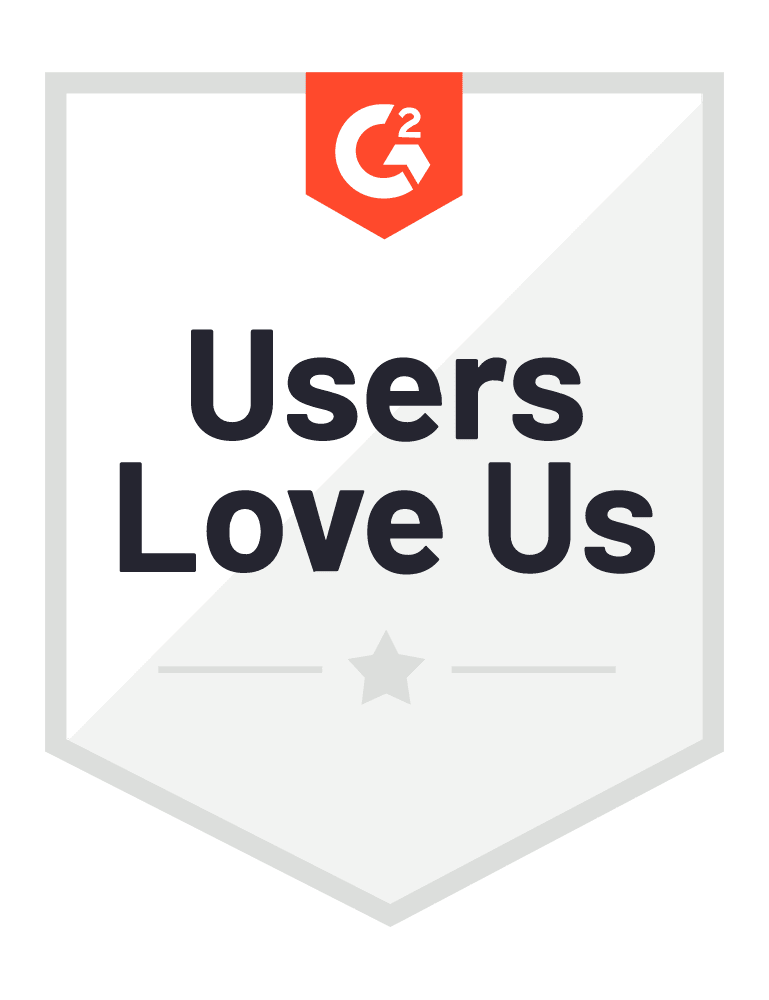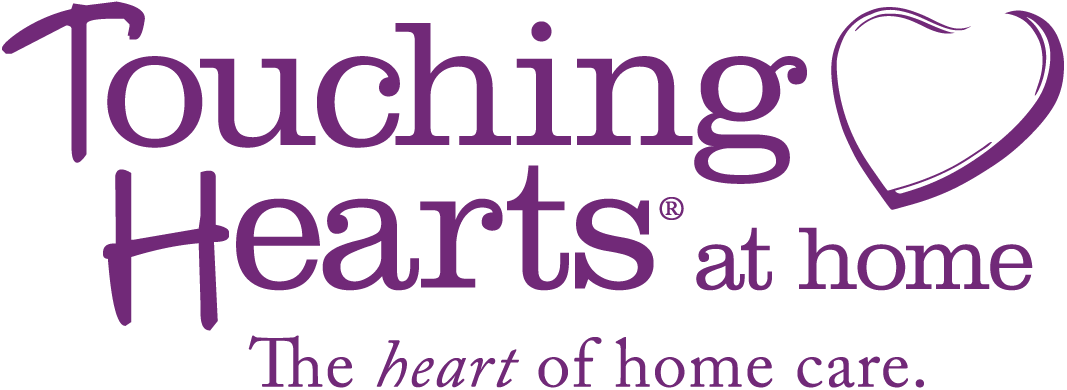As one of the most essential yet strained segments of healthcare, the direct care workforce is not […]
With every passing season and surge, the COVID-19 pandemic is becoming increasingly part of business as usual. As we all know, this is leaving the fate of physical office spaces across industries in limbo.
While it seems things will never be the same as they once were (goodbye, mask-off watercooler chit-chat), questions remain: Will companies remain fully remote, choose to operate in a hybrid fashion, or perhaps something else?
Here’s what home care operators need to know about virtualizing offices, optimizing costs, and supporting employees and clients to successfully grow business according to three leaders in the home care space who have effectively virtualized and weathered the waves of COVID.
1. The virtualization of the office is here to stay.
The virtualization of the office is here to stay, according to Pete Morrissey, owner of a Right at Home location in Gainesville, Georgia. Morrissey’s agency serves three constituencies: Private pay clients, veterans (for which he has a personal affinity), and two Medicaid programs in Georgia.
Morrissey has experience working with large organizations, including the U.S. military, Pfizer, IBM, and even academia, giving him insight into streamlining highly decentralized teams located around the globe. His words of wisdom: Virtualization can be done and done well.
This is the case even though the home care industry has historically (before COVID) been physical, meaning with a set location or “home address.” His advice is to take both a systems perspective and a talent-focused approach.
Qiana James, Founder and CEO of Friendly Faces Senior Care based in Houston, Texas, agrees, although her business model has historically been virtual. Friendly Faces Senior Care only offers private pay services for in-home senior care services in Houston and the surrounding communities.
“When I started my agency back in 2010, I built it primarily virtually. So, when the pandemic came, we just enhanced our existing model,” she said.
Howard Algeo, Director of Business Development and Training for Seniors Helping Seniors, which has its home office in Reading, Pennsylvania, also believes in a more virtual model, even with the large geographic scope of his organization. Seniors Helping Seniors has 120 franchise locations in 36 states, as well as in the United Kingdom and the Republic of Malta. (That is not a typo folks, Malta.) Algeo is the front line for support and training for the company’s franchise partners, work that he’s been doing for over 35 years.
His company successfully opened over a dozen locations in the past year, training all new employees for each new location virtually. In other words, virtualization does enable business to flourish even in the strangest of times.
2. COVID is a new standing element of business protocol.
Morrissey bought the Right at Home franchise, which had previously been in existence for approximately a decade, about three months before the pandemic hit. It wasn’t, in retrospect, the best timing, he admits.
Reflecting on the impact of COVID on his business—the protocols are now the norm.
“Certainly we're all fatigued by COVID, right? But I tend to take a longitudinal view. I go back and think: How did we react to the first case, the first time we heard that a client or a caregiver tested positive? It was panic,” he said.
“I then fast forward to this morning when a caregiver reported testing positive. It's a much different response. We have a protocol quarantine period, for example. What started as conversations about what to do related to COVID are now just part of how we run the business.”
Algeo agrees. “This is going to be with us for a while. It’s just part of the fabric that we as business owners and caregivers face.”
3. Vaccine requirements are a no-man’s-land.
Requiring a vaccine, Morrissey, James, and Algeo agree, is a double-edged sword.
There’s no getting around the truth that vaccine sentiments are complicated, and moreover complicate which caregivers will be welcome in which homes.
“The fact is that a caregiver who is not vaccinated is less welcomed in homes—that’s just the way it is. And so, it really does come down to transparency, communication, and disclosure,” says Algeo.
Morrissey notes that one change they’ve made internally is to allow the scheduler more time to discuss vaccine preferences, matching vaccinated clients who prefer vaccinated caregivers.
For businesses grappling with mandating a vaccine, properly handling religious exemptions, or establishing other related policies, the expert advice is clear: Talk to your legal counsel and expect a lengthy, hairy can of worms.
4. Available virtual communications platforms are better than ever.
“One of my guiding principles from the outset has been that we're not going to go build any new virtual tools, but instead, we're going to look at what the market can offer,” says Morrissey. This approach has worked wonders.
Morrissey’s teams currently use TigerConnect, which was developed for large hospital systems. The platform allows for HIPPA-compliant messaging of text, video, and data, enabling the 100% virtualization of communication.
They also use CareAcademy, which trains caregivers virtually, and DocuSign, which allows for the execution of virtual documents, as well as WellSky for back-office operations. These are all readily available off-the-shelf tools.
But where can a small business find the extra cash for more streamlined tech? The answer in a business of razor-thin margins might be as simple as the floor under your feet.
“There is a cost benefit to cutting square footage, which allows more room to reinvest,” suggests James.
5. Physical space is available on an as-needed basis.
You might be asking how, with no office address, a company can perform basic business functions such as vetting and interviewing prospective employees.
James, whose office is primarily virtual, has found solutions. She rents space on an as-needed basis through the international space rental company Regus.
This is a trend that is likely to continue for some time. “Especially at orientations, we like to connect in person,” says Algeo. For orientations, his company typically tries to get more than one caregiver to attend together.
“As an agency owner, when onboarding new team members or franchise owners, you know that these are the people that are going to be your face to your client, so you take that responsibility very seriously,” says Algeo.
When physically meeting works better, he also suggests the use of public spaces, like libraries or local government buildings that offer meeting space.
Morrissey also suggests reaching out to the local branch of the U.S. Department of Labor, which has offices throughout the country.
Virtualization is a balance, and that’s why teams will likely have hybrid models long-term wherein some business functions are done in person, although not always at one set address.
6. Business relationships matter, especially in a remote work world
When it comes to office space needs, Morrissey underscores tapping the potential of partnerships.
“When we need a meeting space, we look to our physical partners in the territory,” says Morrissey. In many cases, these are local technical colleges and CNA schools.
“It has been fantastic. We can ask the caregiver to meet us at a CNA school, where they have all the requisite tools needed. Often, caregivers come in and say, 'Wow, I didn't know this school was here or that you offer a tuition offset program.' In addition to the benefit of a face-to-face meeting, this exposure to our company’s benefits and investment in professional development helps us to successfully onboard new caregivers."
7. Team members need to feel supported.
James’ company offers a chatline that allows caregivers to chat with the office, with other caregivers, and even with her, the owner, almost anytime. “Even as the owner, I’m very accessible,” she says.
Having virtual tools doesn't mean that you have to use them exclusively, though. “Sometimes, picking up the phone and talking to someone can really make a difference,” suggests Algeo.
Algeo underscores the importance of human connection in the business of home care. “Caregivers who treat in a home historically can be left to feel isolated. We want people to not only know that they are connected, but to feel that they are connected,” he says.
8. The Care Economy is getting more attention than ever.
There’s a lot of good happening, including a cultural shift in government and across the general population that is spotlighting the value of caregivers.
“We're in a moment perhaps unlike any before where the current administration is very focused on the issues of the Care Economy. The current administration understands that senior families are under stress, torn between taking care of their parents and taking care of their kids,” according to Algeo.
“There is such a thing as the disease of loneliness, and it can be treated by expanding the services we offer,” he adds. His comment points to the vital nature of home care, and the role that home caregivers play.
Morrissey agrees that there’s a lot of potential on the horizon for home care business operators. “We're in a fantastic space of serving those in need.”
While the industry can expect to be infused with new and improved technologies, like remote patient monitoring on the heels of COVID-19, there is no substitute for caregivers in the home. “I'll go back to a military axiom: There's no substitute for boots on the ground. Similarly, there is no substitute for our caregivers providing the wonderful service that they do.”
9. Always remember, home care is a business of people.
This is a time when people’s emotions are particularly elevated, both James and Algeo agree. “When we talk to folks, we have to meet them where they are at, which is all different places,” Algeo says.
James agrees. “People are under a lot of stress these days, and often not in a good frame of mind, so we as leaders of our organizations and in our industry need to be very cognizant of that. We need to be patient with people.”
James suggests taking the time to have one-off conversations with caregivers and staff, asking them how they are, listening when they explain what might be going on, and most importantly, responding with empathy and compassion.
There are business challenges today, as in any time, but “they can be met, and they can be mastered,” offers Algeo.
If one thing is clear, it’s that if there was ever a time to embrace change by going virtual as a home care business owner, this is it.






